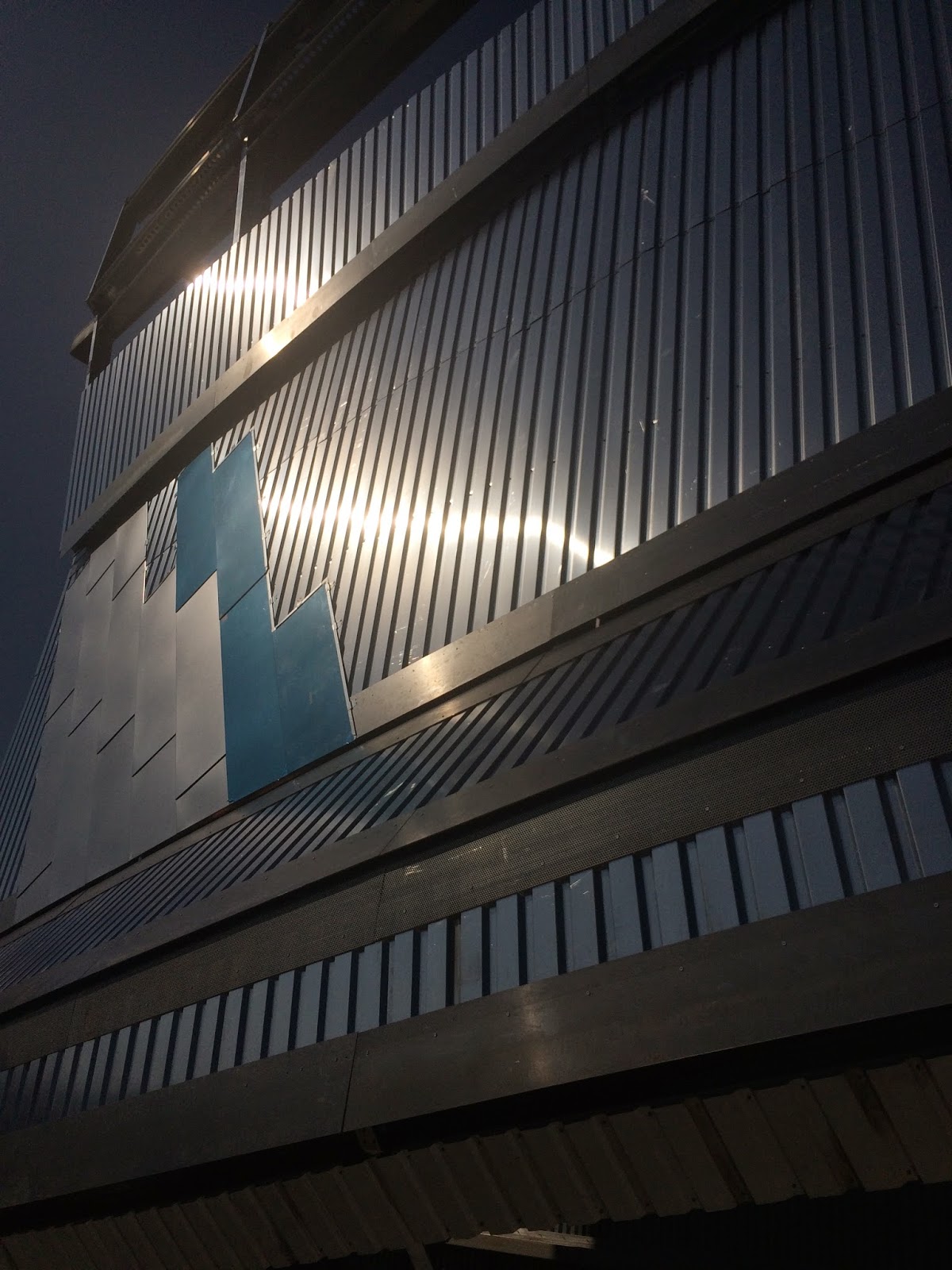Definitions:
-Ferrous: These are metals which contain iron. They may have small amounts of other metals or other elements added, to give the required properties. All ferrous metals are magnetic and give little resistance to corrosion
.
-Non-Ferrous: Metals which do not contain
any iron. They are not magnetic and are usually more resistant to corrosion
than ferrous metals. Examples are aluminium, copper, lead. zinc and tin.
-Alloy: An alloy is material composed of two or more metals or a metal and a non-metal.
-Iron: Iron is one of the most common elements on earth. Nearly every
construction of man contains at least a little iron. It is also one of the
oldest metals and was first fashioned into useful and ornamental objects
at least 3,500 years ago.
Pure iron is a soft, grayish-white metal. Although iron is a common
element, pure iron is almost never found in nature. The only pure iron
known to exist naturally comes from fallen meteorites. Most iron is found
in minerals formed by the combination of iron with other elements.
-Steel: Steel is an alloy of iron and carbon that is widely used in construction and other applications because of its high tensile strength and low cost. There are different types of steel as well which vary from being either very hard or soft depending on the amount of carbon contained within the steel alloy.
-Aluminum Alloys: Aluminium alloys are alloys in which aluminum is the predominant metal. The typical alloying elements are copper, magnesium, manganese, silocon, tin and zinc. There are two principal classifications; casting and wrought alloys, both of which are further subdivided into the categories heat-treatable and non-heat-treatable. About 85% of aluminium is used for wrought products, for example rolled plate, foils and extrusions. Cast aluminium alloys yield cost-effective products due to the low melting point, although they generally have lower tensile strength than wrought alloys.
-Magnesium Alloys: Magnesium alloys are mixtures of magnesium with other metals, often aluminium, zinc, manganese, silicon, copper, rare earths and zirconium. Magnesium is the lightest structural metal. Magnesium alloys have a hexagonal lattice structure, which affects the fundamental properties of these alloys.
-Titanium Alloys: Titanium alloys are metals that contain a mixture of titanium and other chemical elements. Such alloys
have very high tensile strength and toughness (even at extreme
temperatures). They are light in weight, have extraordinary corrosion
resistance and the ability to withstand extreme temperatures.
-Zinc Alloys: A widely used alloy that contains zinc is brass, in which copper is
alloyed with anywhere from 3% to 45% zinc, depending upon the type of
brass. Brass is generally more ductile and stronger than copper and has superior corrosion resistance. These properties make it useful in communication equipment, hardware, musical instruments, and water valves.
(Think Reuter Organ Company and why they use so much Zinc!)
-Copper Alloys: Copper alloys are metal alloys that have copper as
their principal component. They have high resistance against corrosion.
The best known traditional types are bronze, where tin is a significant addition, and brass, using zinc instead.
-Nickel Alloys: Nickel alloys are alloys that are high in strength and are tough, high in corrosion resistance, and have exceptional elevated temperature characteristics. Generally, nickel alloys are substituted for steel alloys where steel alloys cannot provide adequate performance.
-Lead/Tin Alloys: Often very cheap to produce, and easily shaped. Lead and tin both have soft characteristics which allows them to be used in things like soldering, or piping.
-Precious Metals: A precious metal is a rare, naturally occurring metallic chemical element of high economic value. Chemically, the precious metals tend to be less reactive than most elements. They are usually ductile and high in luster. Most people tend to associate them with jewelry, but precious metals are often used in electric components in very miniscule amounts.





























